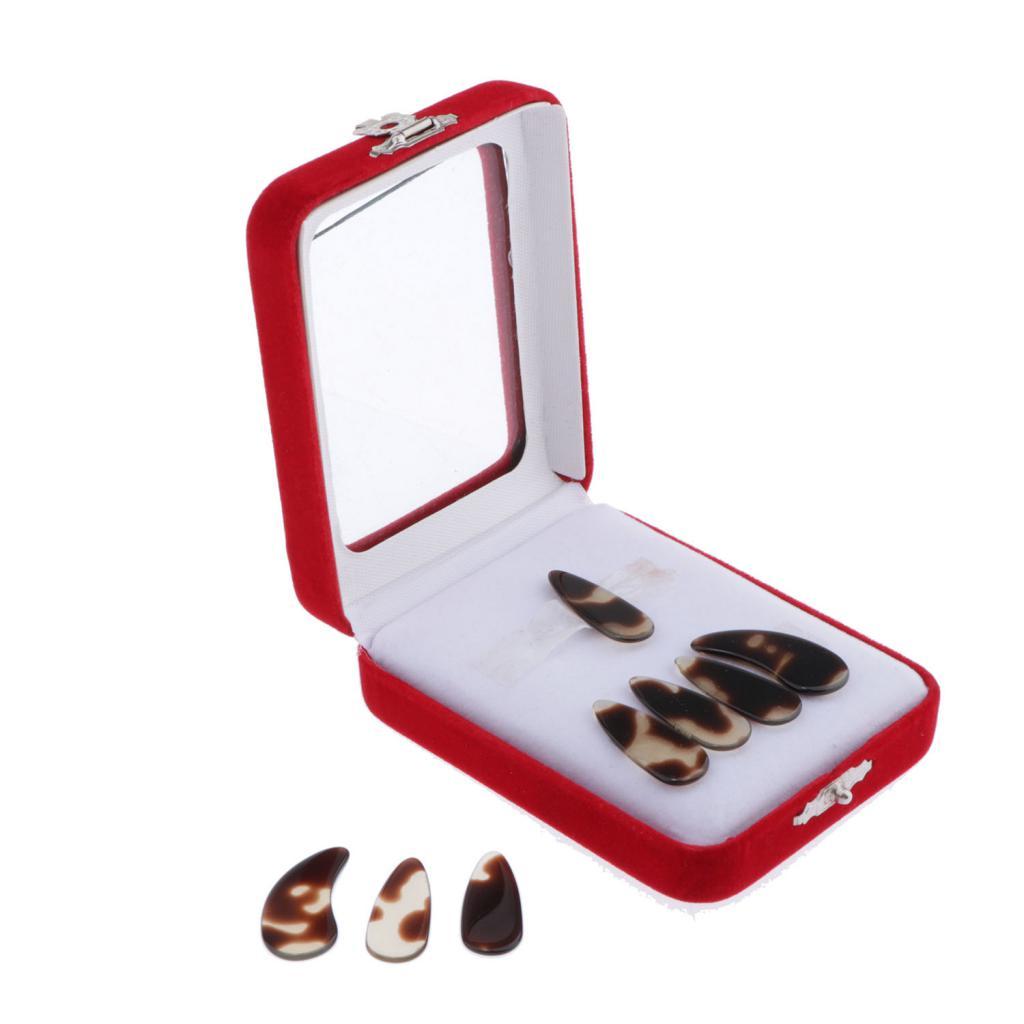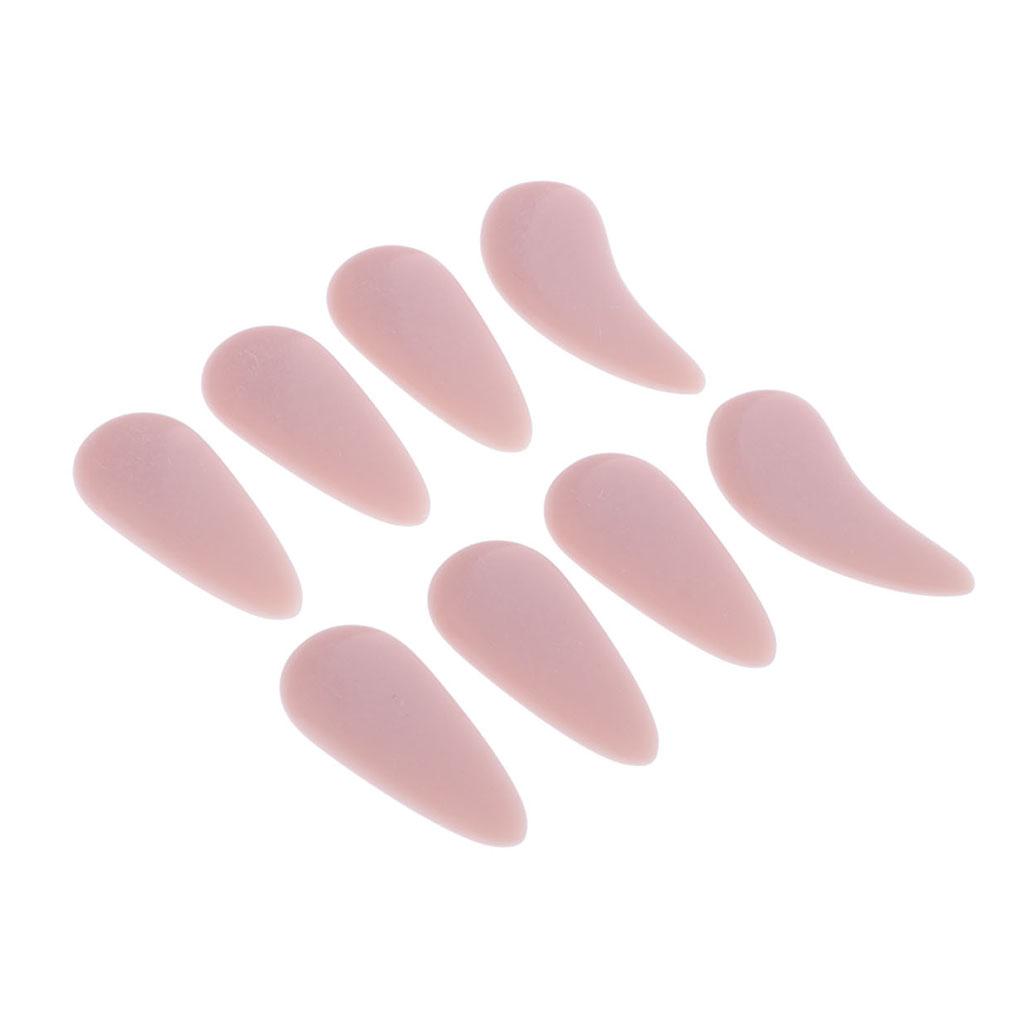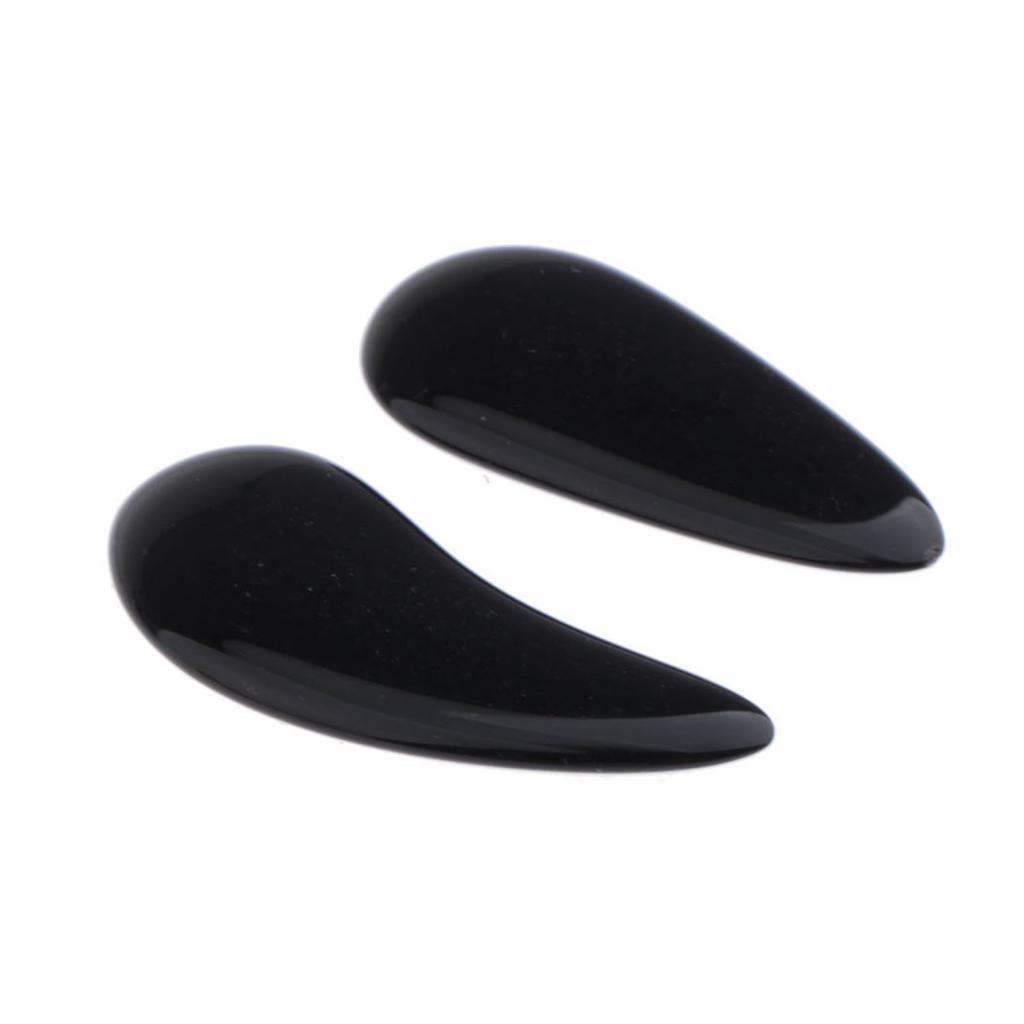

The modern Ruan comes in several sizes from the Di Ruan (bass), Xiao Ruan (small), Zhong Ruan (medium), Da Ruan (large), and Gaoyin Ruan (soprano). The Ruan has four strings and the modern frets are set in equal positions so players can easily modulate to any different key.

Ruan became a popular string instrument by the time of the Tang dynasty (618-907 AD). The instrument was originally called qin pipa (so, a modification of the Hu-pipa as discussed above), and it received the present name after the famous Ruan Xian (3rd century CE). As we have mentioned above, the Ruan has a similar round shape as the Yueqin, but the main difference is that the Ruan features the double soundholes, which is the reason of Ruan’s signature, lower-range sound, while the Yangqin only has one soundhole. Ruan is one of the oldest ancient Chinese instruments with more than 2,000 years of history. Photo from Wikimedia Commons (CC BY-SA 3.0) The Yueqin, unfortunately, has not been fully adopted by modern Chinese orchestra, although it used to be really popular during the times of the Beijing opera during the Qing dynasty (18th century). The four strings are tuned in pairs, a fifth apart from each other, enclosing a vibrating plate. In the past, the strings were made of silk threads but today they are made of steel or nylon, like most modern string instruments.

Yueqin only features four strings that are attached directly to the frame of the sound body. As the name suggests, the body is round-shaped resembling the moon, made entirely with wood materials and features a round hole in the middle (like an acoustic guitar). Historians believed that the Yueqin has existed during the times of the Jin dynasty (265-420 CE), and is widely regarded as an integral part of China’s history. The name Yueqin literally means “moon-shaped string instruments”, with 月 ( yuè) means moon and qín, as established above, is a generic term for string instruments. Photo from Wikimedia Commons (CC BY-SA 4.0) Pipa is still a very popular instrument today, and we can see it in various traditional Chinese entertainments like operas or traditional Chinese singing.

The lower frets are made from bamboo, while the upper frets and tuning pegs are made of wood, ivory, or buffalo horns. The modern Pipa was produced from further modifications from the Tang-pipa, with a crooked neck, 24-26 frets, and ledges that allow for its “bendable” slides, the signature romantic voice. These modifications were done because the Hu-pipa didn’t really produce the proper sound to play Chinese songs like how the Chinese people back then used to. This is when the sound body was modified from being round to the pear-shaped body we have today, along with the bent neck, which used to be straight. The Barbat was brought to China through the Silk Road around the 5th century CE but didn’t become really popular until the 7th century, around the beginning of the Tang Dynasty.Ĭhinese musicians then modified the Hu-pipa into something called the Tang pipa. Pipa is-according to the historical records-, based on the Persian lute ( Barbat), which was called Hu-pipa by the Chinese back then. Since 2003, Guqin has been included by UNESCO in the Representative List of the Intangible Cultural Heritage of Humanity, showing its importance as a historic musical instrument. So, Guqin is highly regarded as one of the important symbols of Chinese culture. Qin is actually a part of ancient China’s four arts of scholarship, four highly regarded artistic and academic accomplishments. Gu, as we have established when we discussed Guzheng above, means ancient, and Qin means Chinese plucked seven-string instrument. The name Guqin comes from 古 ( Gǔ), and 琴 ( Qin). The great Confucius (551-479 BCE), for example, was recorded as a great master of this instrument, as well as the famous Ji Kong (223-262 CE). Guqin is the favorite instrument for sages and scholars of ancient China. Out of all the traditional musical instruments from ancient China, Guqin is one with the most well-documented history, and there are also a lot of well-preserved ancient repertoires we still can access today.


 0 kommentar(er)
0 kommentar(er)
